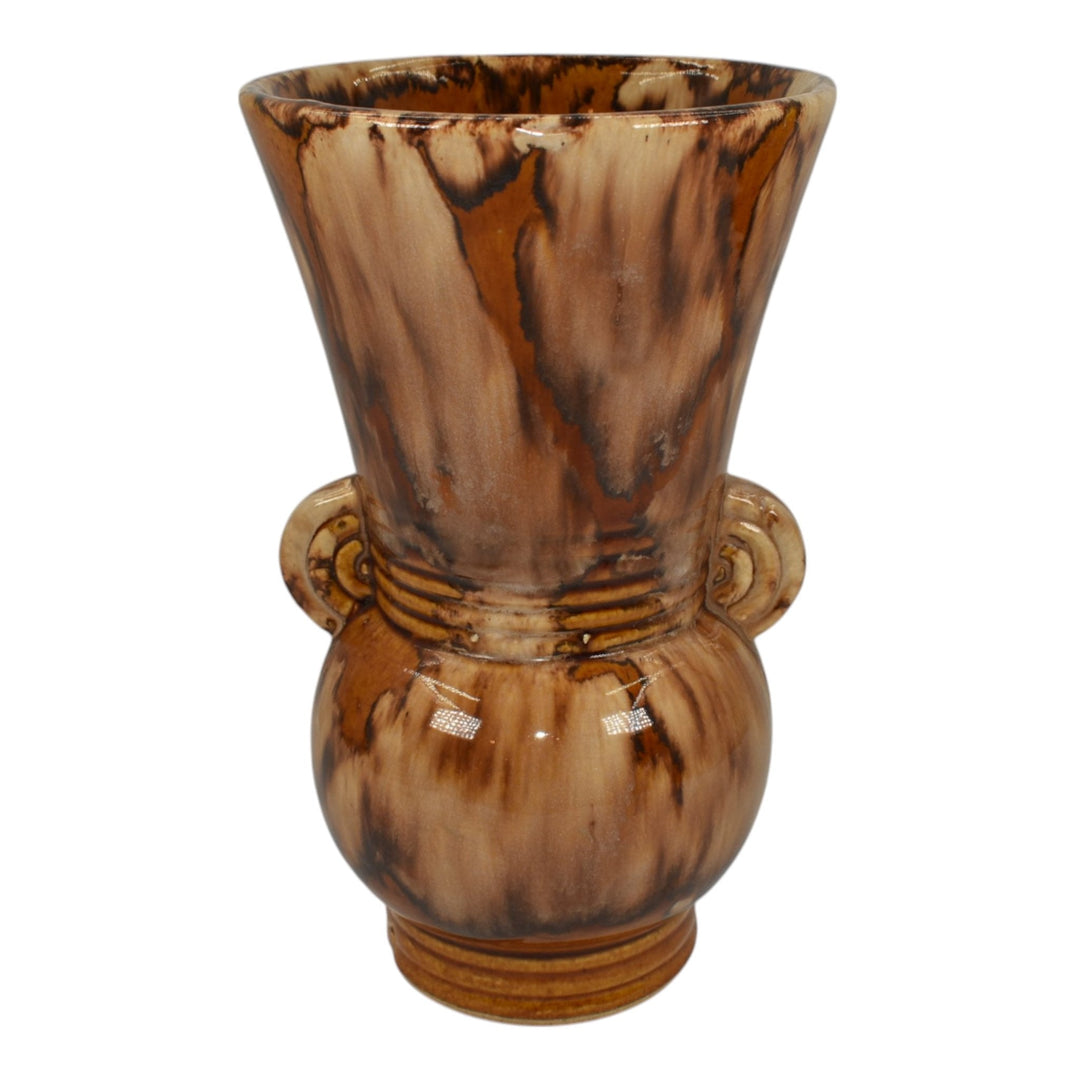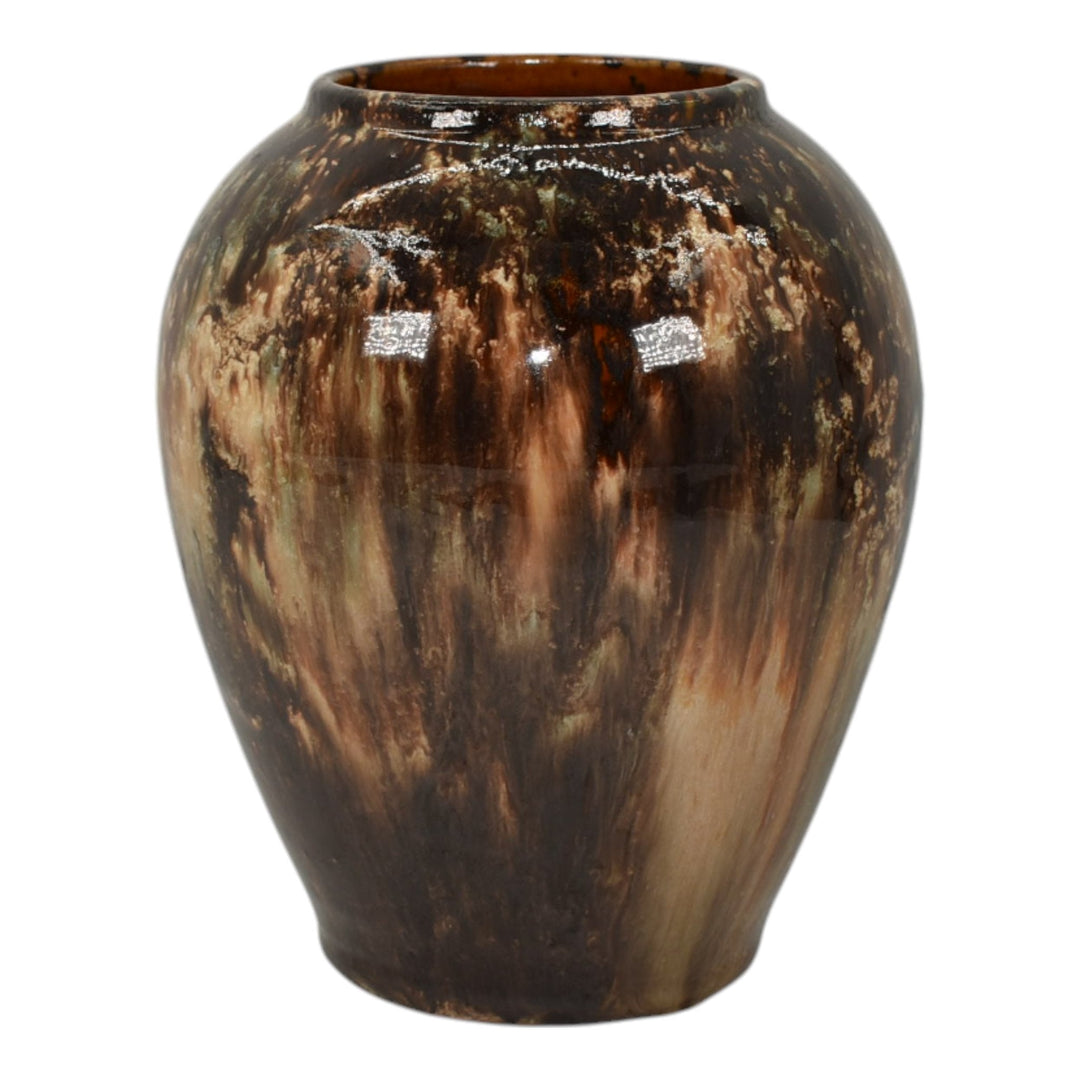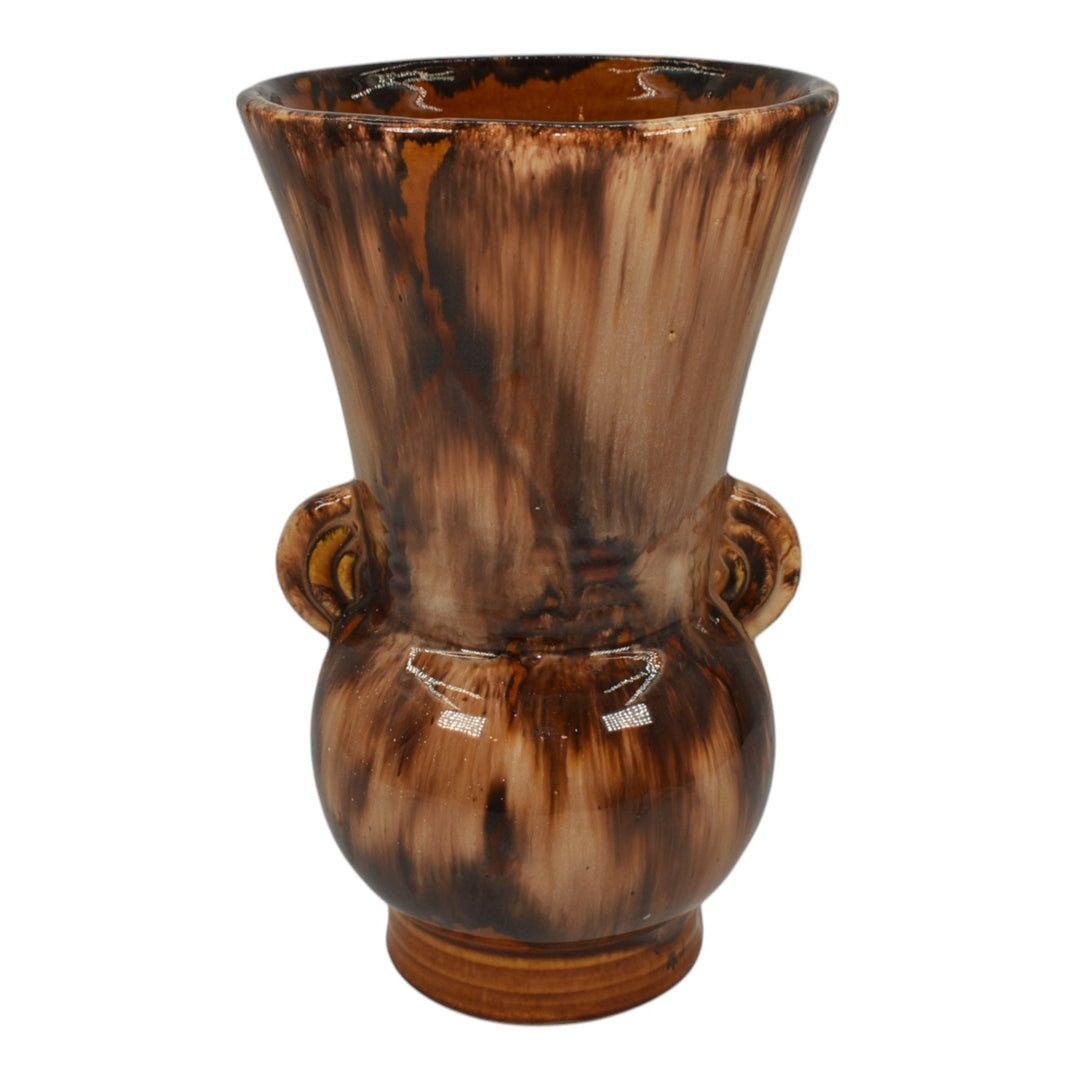Impact of Damage on American Art Pottery Values
We are often asked about the impacts of damage or repair to the value of American art pottery. While there are certainly no hard and fast rules and ultimately the desirability and hence value of a particular piece of American art pottery can only be determined by the buyer, there are some generalities and specifics related to individual makers that are worth noting.
Roseville Pottery
Roseville is most commonly found damaged and, as a result, it is the most extensively restored art pottery on the market. Many knowledgeable collectors estimate that well over 50% of the Roseville available today has some level of damage or restoration. Since the majority of Roseville was production pottery produced in high quantity multiples, prices for damaged examples are almost always significantly lower than for perfect pieces.
It is typical to see Roseville vases with a single chip sell for at least 50% lower than what a mint vase would bring. As with everything there are exceptions. Better and harder-to-find Roseville production patterns such as Baneda, Futura, Egypto, Falline, Ferella, Sunflower, Tourist, and Wisteria see less of an impact on value due to minor damage and restoration.
Similar to hand-tooled arts and crafts pottery, the impact of damage or restoration on the value of Roseville’s hand-decorated art lines such as Azurean, Cremo, Della Robbia, Fudjiyama, and Pauleo is much less than seen on the standard production lines. For example a Roseville Della Robbia vase with minor chip damage would likely see only an approximate 25% reduction in value.


Weller Pottery
Weller pottery, much like Roseville, typically sees a significant reduction in value for even minor damage. It is not unusual to see even relatively minor damage impact the price of a Weller vase by 50%. Collectors of the more sought after and rare lines such as lawn figurines, Sicard, Muskota, Glendale, and the best examples of hand decorated lines are often willing to overlook some level of damage or restoration and pay closer to mint prices for such examples.

Rookwood Pottery
Rookwood pottery collectors are typically very critical of even slight damage or factory flaws. A single small chip on a Rookwood vase will often reduce the value approximately 40 to 50%. In addition, while collectors of many other art pottery makers are tolerant of factory crazing, Rookwood buyers typically will pay a premium for uncrazed examples.
American Art Pottery

Van Briggle
While Van Briggle pottery is molded artwork, the early pieces were very limited and included a significant amount of hand tooling. As a result of scarcity and uniqueness of early examples of Van Briggle, collectors are more tolerant of minor flaws. Pre 1920s examples of Van Briggle will see less of an impact on value from minor damage than will later examples. Collectors of 1920s and later production pieces of Van Briggle can expect a 30 to 50% reduction in value for damage.

Grueby Pottery
Unlike Rookwood, Grueby pottery is often times seen with minor flakes, nicks, and chips particularly to the high points of modeled and hand-tooled designs and base edges. To some extent these minor flaws are expected and, in general, have little impact on the desirability or price of Grueby.

Teco Pottery
Teco pottery is often found with minor damage; particularly the architectural examples with geometric handles and bodies. Even though Teco was molded pottery, many of the architectural or organic forms are very rare and impacts of damage on value is minor in relation to that seen for other makers of molded art pottery. Collectors can expect a 20 to 30% reduction in value for better examples of Teco pottery with minor damage.

George Ohr Pottery
Examples of George Ohr pottery are very often found with some level of damage. Due to the uniqueness of each and every example of George Ohr, buyers are very tolerant and in many cases even expectant of some level of damage , especially when evaluating a George Ohr vase. The better examples of Ohr pottery typically see non-distinguishable impacts on value for minor damage.



















































